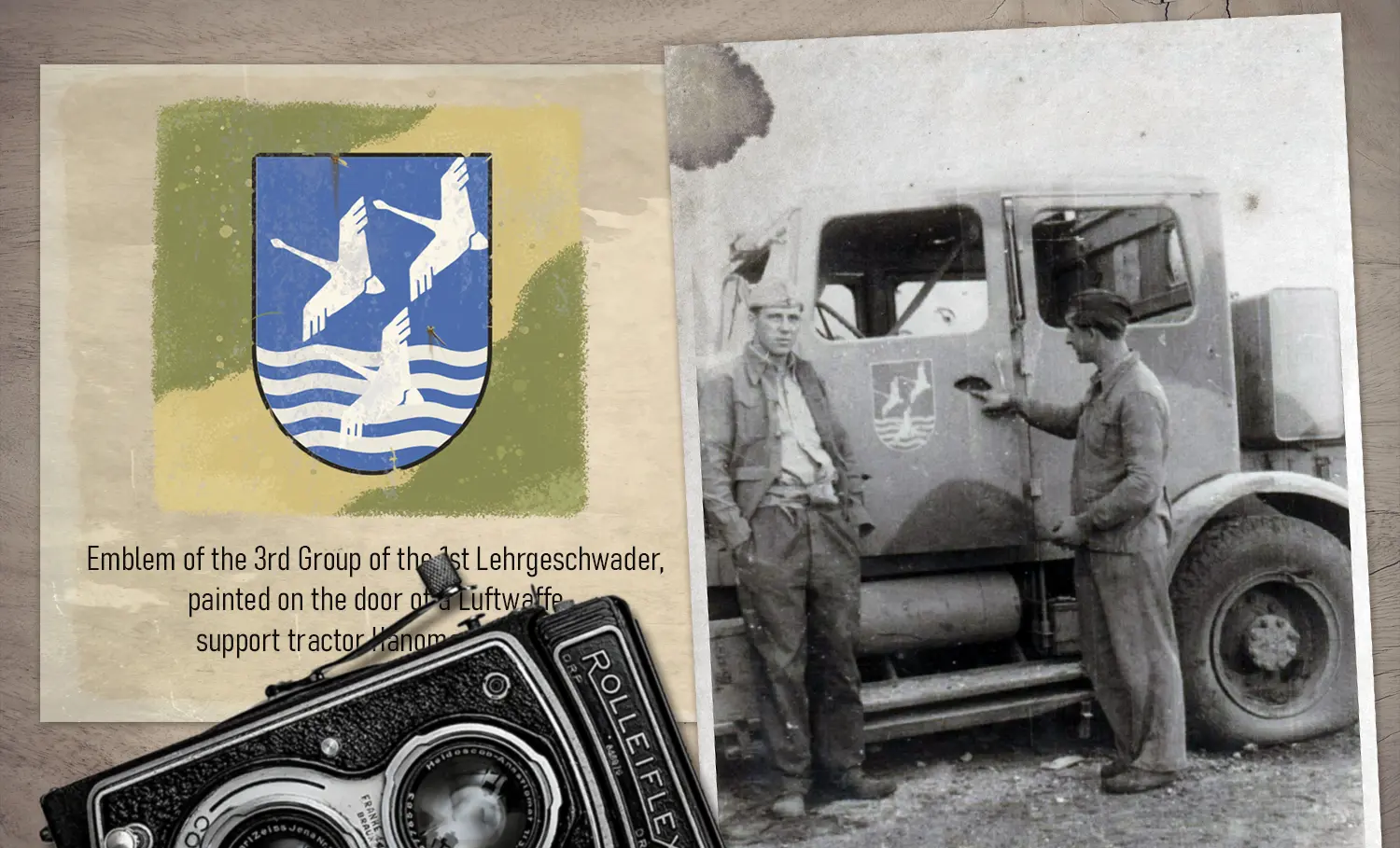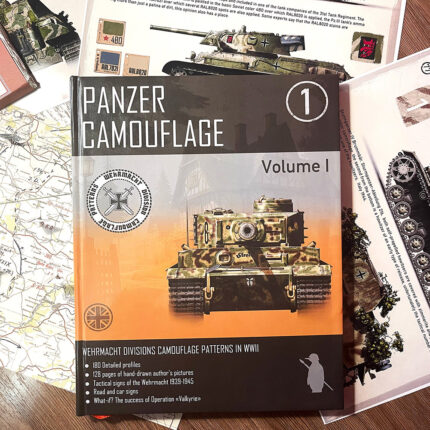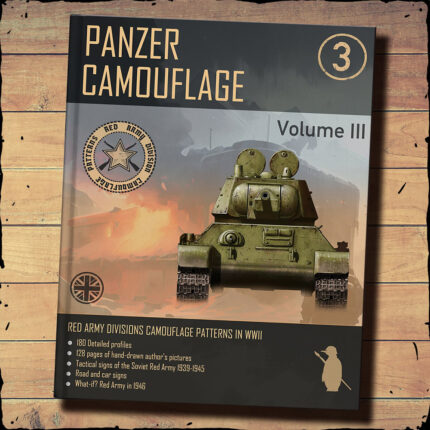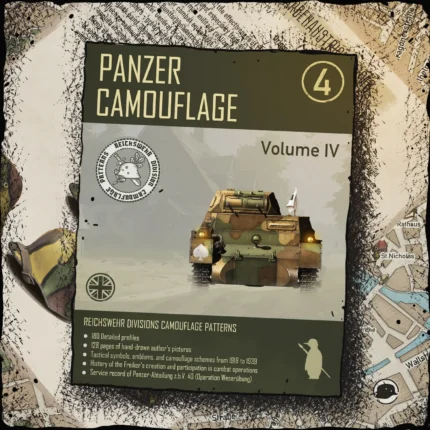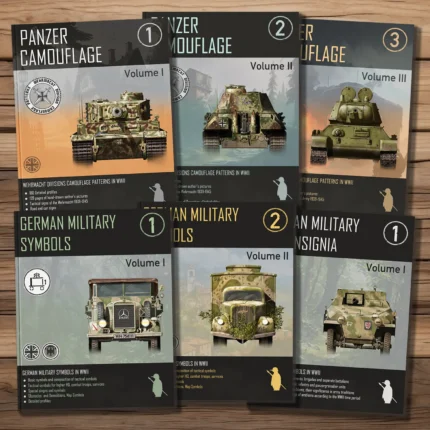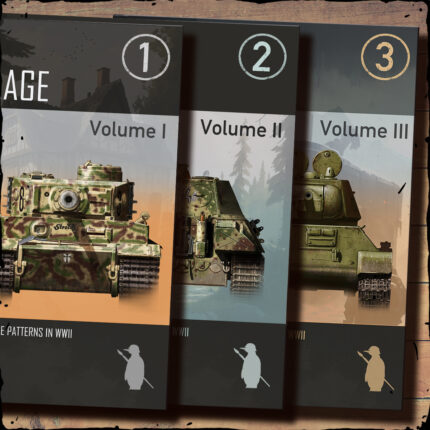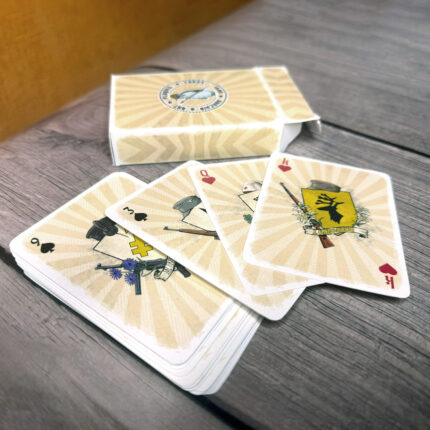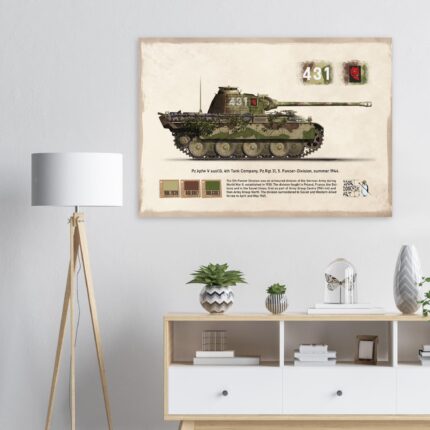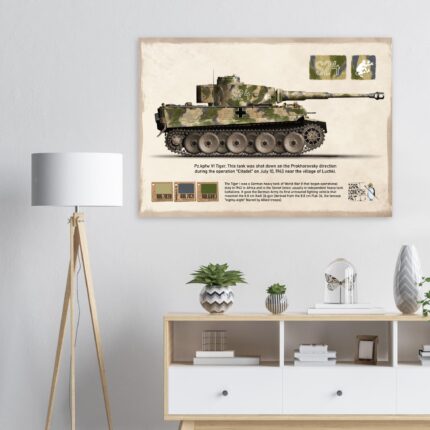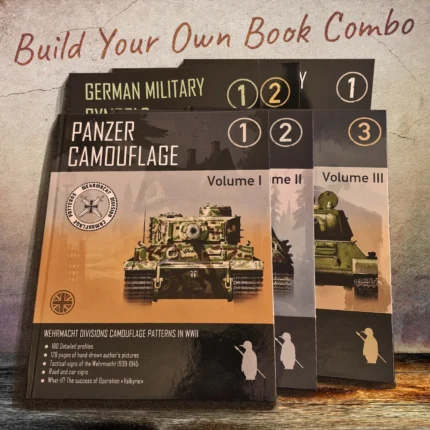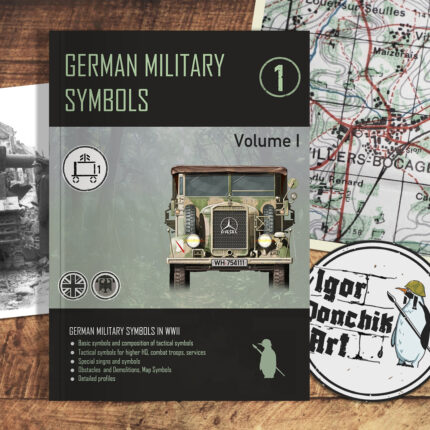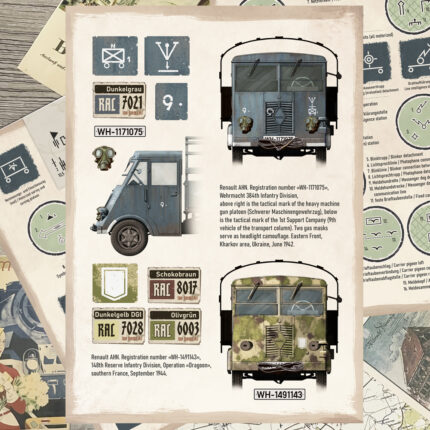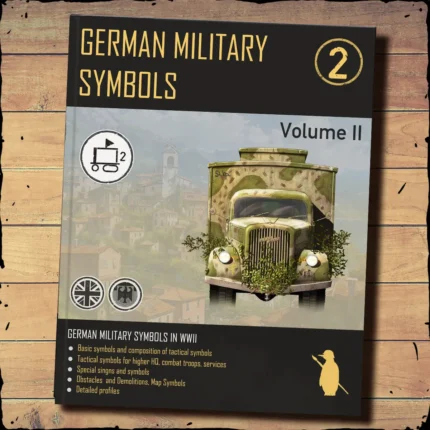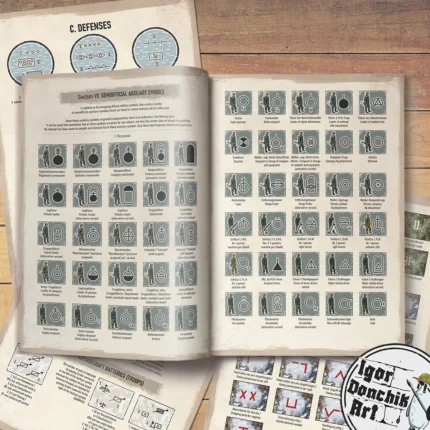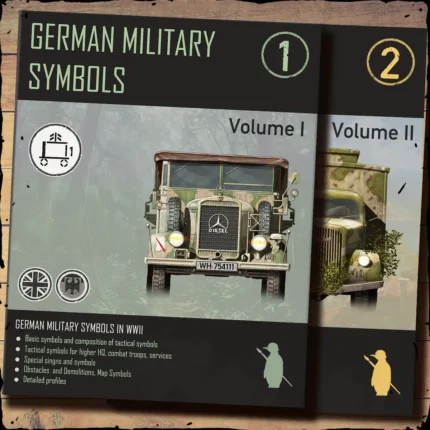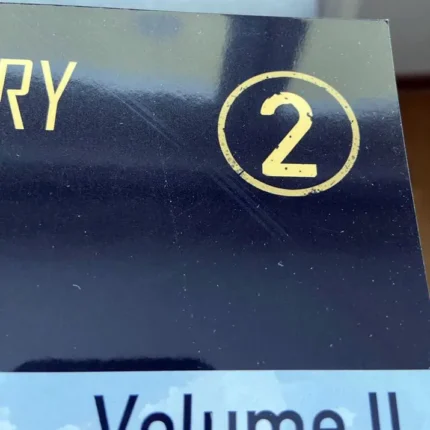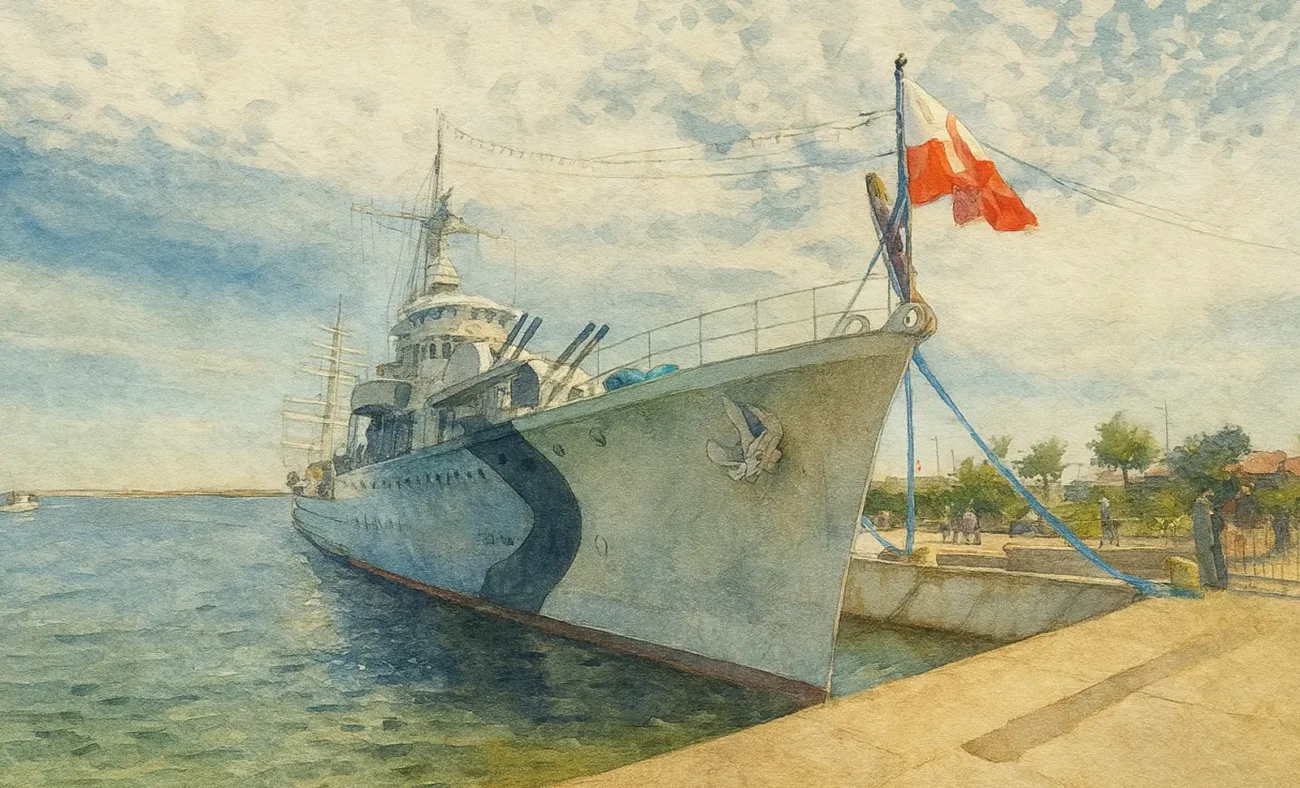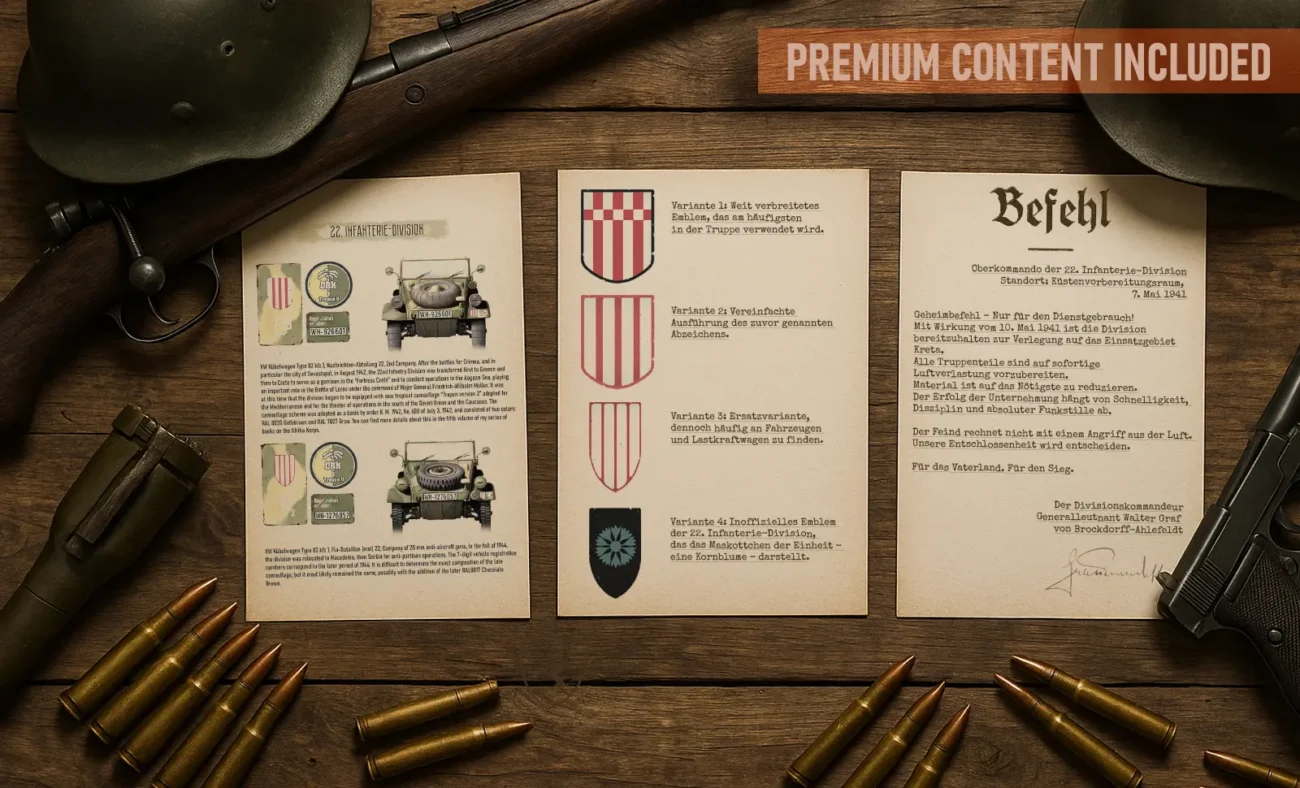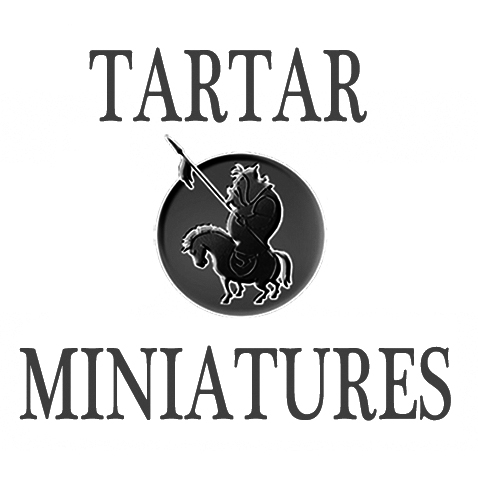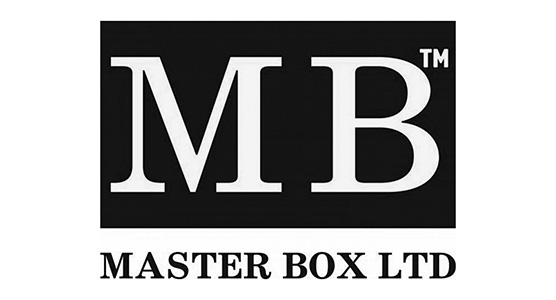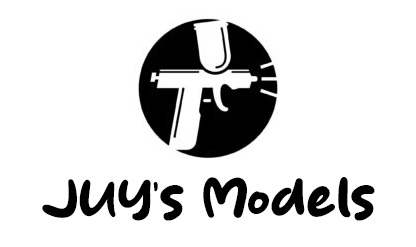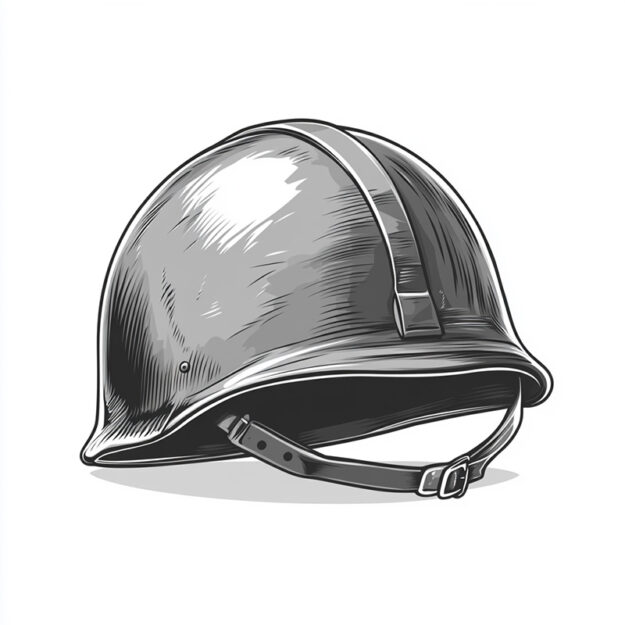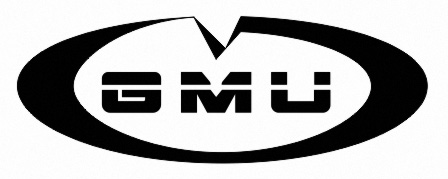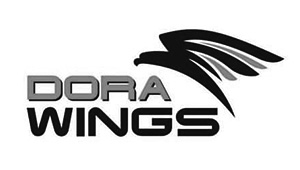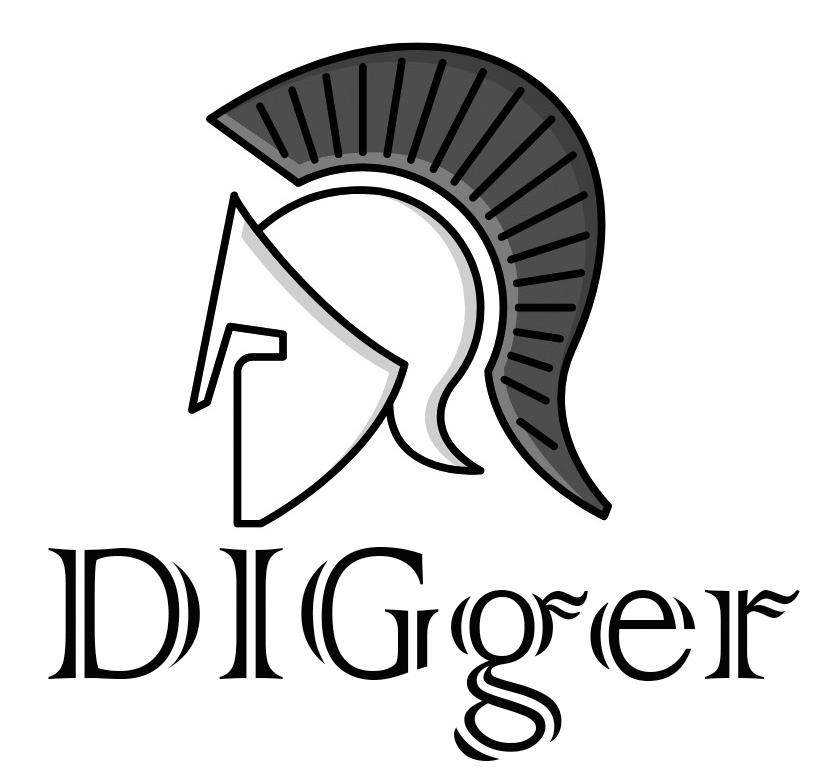With this post, we are excited to launch a new illustrated series dedicated to exploring the emblems and symbols of military units from the Second World War. These markings are not just decorative art — they carry the stories, traditions, and identities of the units that wore them into battle.
With this post, we are excited to launch a new illustrated series dedicated to exploring the emblems and symbols of military units from the Second World War. These markings are not just decorative art — they carry the stories, traditions, and identities of the units that wore them into battle.
In each entry, we will present our own detailed illustrations of these historical emblems, carefully supported by period photographs to ensure accuracy and authenticity. Alongside the visuals, you’ll find a brief historical background that introduces the unit, their role in the war, and interesting facts about the vehicles, aircraft, or equipment they used.
Whether you are a scale modeller looking for inspiration, a history enthusiast, or simply curious about the meaning behind these wartime symbols, our series is designed with you in mind. We will also include modelling tips and recommendations — from painting guides to diorama ideas — to help you recreate these units and their emblems with confidence and historical accuracy.
Stay tuned as we dive into the fascinating world of WWII military insignia, where history meets art — and modelling comes to life.

Emblem of the 3rd Group of the 1st Lehrgeschwader, painted on the door of a Luftwaffe support tractor Hanomag SS-100.© From “German Military Symbols Vol.2” book by Igor Donchik Art
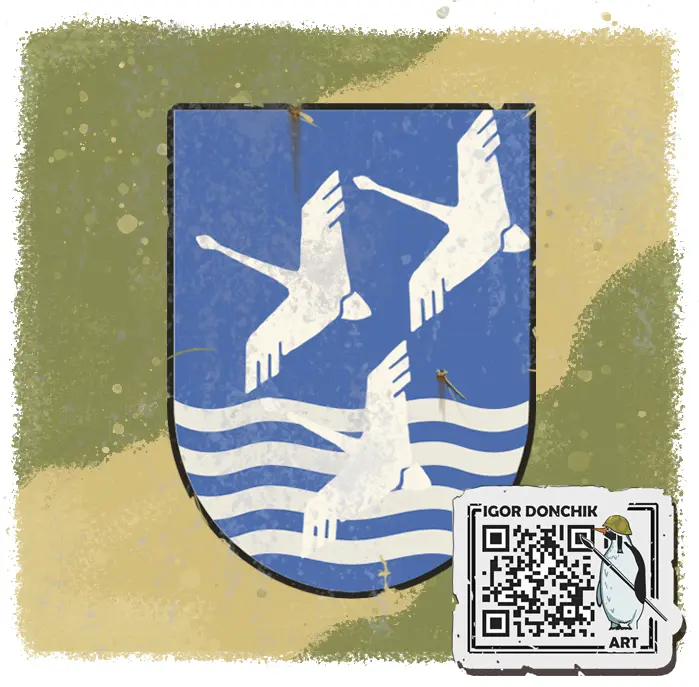
The emblem of the 3rd Group of the 1st Lehrgeschwader featured a blue shield with four white wavy lines at the bottom. The shield also depicted three flying white swans.
III. Gruppe / LG 1 (III./LG 1) – Focus for Modellers
The 3rd Group (III./LG 1), was primarily a bomber group flying the Junkers Ju 88 during major parts of the war. Known for its operational flexibility, the group saw action in:
-
Poland (1939) — early war schemes, splinter camo.
-
France and the Low Countries (1940) — standard early war Luftwaffe camouflage.
-
Battle of Britain (1940) — ideal for Ju 88 modellers with Channel front markings.
-
Mediterranean and North Africa (1941-43) — desert camo, torpedo bombing roles against Allied shipping, featuring trop-modified Ju 88s.
-
Eastern Front (1942) — winter and mud-season schemes.
Camouflage & Markings Highlights:
-
RLM 70/71 over 65 (early war)
-
RLM 79/80 desert camouflage (Africa and Mediterranean)
-
RLM 76/75/74 later war European schemes
-
White distemper for Eastern Front winter ops
German support tractor Hanomag SS-100
The Hanomag SS-100 was a robust and versatile heavy tractor produced by the German manufacturer Hanomag from 1936 to 1945, with a total of 1,112 units built. Initially designed for civilian use, its durability and power led to widespread adoption by the German military during World War II.
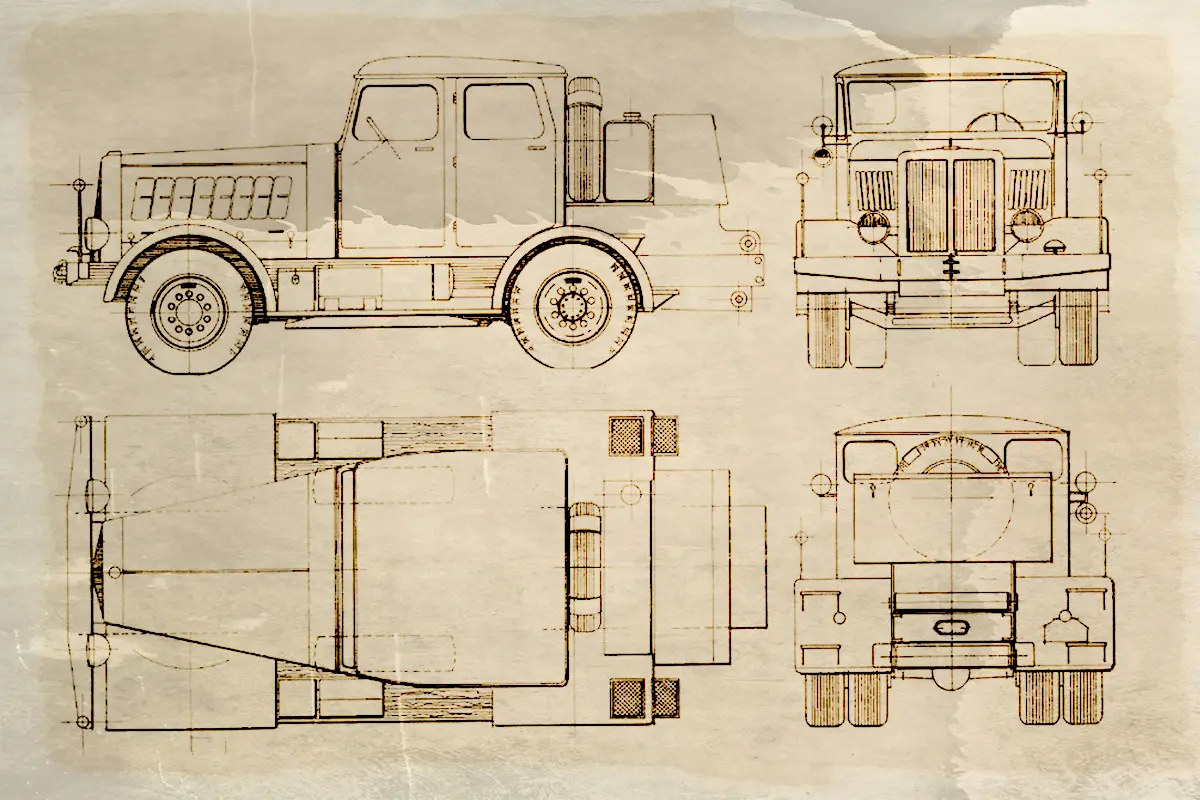
Military Applications
The SS-100’s strength and reliability made it invaluable across various military branches:
- Luftwaffe (Air Force): Employed for towing aircraft, including heavy bombers, and transporting V-2 rockets.
- Heer (Army): Utilized for moving heavy artillery, such as the 88mm flak guns, and other substantial equipment.
Technical Specifications
- Engine: Six-cylinder diesel engine producing 100 horsepower.
- Drive Configuration: 4×2 wheel drive.
- Dimensions:
- Length: Approximately 5 meters.
- Width: 2.5 meters.
- Height: 2.4 meters.
- Weight: 6,420 kilograms.
- Top Speed: 65 km/h.
- Capacity: Seating for one driver and up to five passengers.
- Winch Capability: Equipped with a winch capable of pulling up to 20 tons.
Post-War Use
Production of the SS-100 continued after World War II, serving in civilian roles and within the French Army, aiding in Europe’s reconstruction efforts.
Modeling the Hanomag SS-100
For scale model enthusiasts, the Hanomag SS-100 offers a rich subject due to its diverse applications and historical significance:
- Kit Availability: Manufacturers like Takom have released 1/35 scale kits, providing detailed representations of the SS-100.
- Diorama Potential: Its varied roles—from airfields to artillery positions—allow for dynamic and historically accurate diorama settings.
The Hanomag SS-100 remains a testament to German engineering of the era, reflecting the strategic emphasis on multifunctional support vehicles during the war.
Panzer Camouflage Vol. 1 | Wermacht Divisions Camouflage Patterns in WW2 Book
Original price was: € 56.00.€ 45.00Current price is: € 45.00. (tax incl.)Panzer Camouflage Vol. 3 | Red Army Divisions Camouflage Patterns in WW2 Book
Original price was: € 56.00.€ 45.00Current price is: € 45.00. (tax incl.)Panzer Camouflage Vol. 2 | Wermacht Divisions Camouflage Patterns in WW2 Book
Original price was: € 56.00.€ 45.00Current price is: € 45.00. (tax incl.)Triple Combo “Panzer Camouflage Vol.1 + Vol.2 + German Military Symbols Vol.1”
Original price was: € 168.00.€ 117.60Current price is: € 117.60. (tax incl.)Panzer Camouflage Vol 4 Book Pre-Orders
Price range: € 39.00 through € 205.00 (tax incl.)Complete Bundle of Igor Donchik’s Books (6 books)
Original price was: € 302.00.€ 196.30Current price is: € 196.30. (tax incl.)Double Combo “Panzer Camouflage Book” by Igor Donchik
Original price was: € 112.00.€ 78.39Current price is: € 78.39. (tax incl.)Panzer Camouflage Vol. 1-3 | Full Serie Bundle
Original price was: € 168.00.€ 117.60Current price is: € 117.60. (tax incl.)“German Divisions Insigina” Playing Cards by Igor Donchik Art
Original price was: € 32.53.€ 16.26Current price is: € 16.26. (tax incl.)Pz.kpfw V ausf.G Panther | Classic Matte Paper Poster
Price range: € 21.87 through € 35.96 (tax incl.)PzKpfw VI Tiger | Classic Matte Paper Poster
Price range: € 21.87 through € 35.96 (tax incl.)Why III./LG 1 is Great for Modellers:
✅ Wide aircraft variety.
✅ Multiple theaters of operation — Europe, North Africa, Russia.
✅ Challenging camouflage patterns.
✅ Opportunities for weathering — desert, snow, maritime.
✅ Historical significance and famous missions.
Aircraft Operated by LG 1:
Throughout the war, LG 1 operated some of the most iconic Luftwaffe aircraft, including:
- Junkers Ju 88 A/C (bomber/torpedo bomber variants)
- Heinkel He 111
- Dornier Do 17
- Junkers Ju 87 “Stuka”
- Messerschmitt Bf 110
Notable Operations for Diorama Ideas:
- Anti-shipping strikes in the Mediterranean: Ju 88s loaded with torpedoes and tropical modifications.
- Battle of Britain raids: perfect for depicting Ju 88s over the English Channel or southern England.
- North African campaigns: weathered desert schemes with palm trees, sand-blasted effects.
- Eastern Front bombing raids: camo and winter whitewash for snowy dioramas.
Must-Have Books for WWII Modellers
German Military Symbols Vol. 2 – WWII Tactical Markings Guide by Igor Donchik
Explore over 1,000 WWII German tactical symbols in this guide by Igor Donchik. Essential for historians, modelers, and reenactors, featuring detailed markings from Wehrmacht, Luftwaffe, and Kriegsmarine.
🚨 Important information:
- 📞 Please, when placing an order, indicate your phone number in international format: +country code_phone number
German Military Symbols Vol. 2 | Discounted Copies (Minor Defects)
🕒💰 The book with minor deffects! 💰🕒
⚠️ Attention! By placing an order for this book, you agree that you are purchasing a copy with minor cover defects at a discounted price! 📖💰 Books with defects purchased at a reduced price are non-refundable and non-exchangeable! 🚫🔄
🚨 Important information:
We have received a fresh batch of "German Military Symbols. Volume 2", but unfortunately, some copies have minor exterior defects – mainly scratches and scuffs on the cover. We have decided to offer these books at a significant discount, as their content remains completely intact – all pages are in perfect condition with no damage.If minor cosmetic imperfections don’t bother you, this is a great opportunity to get the book at a reduced price! Limited stock available.
📌 Condition: New books with minor defects (scratches, scuffs on the cover) - SEE PHOTOS. 📌 Discount: 53% OFF! 📌 Inner pages: No damage. Order now and get high-quality content at a lower price!the ``not-TOYS.com`` project
Dear friends! If you find our “not-TOYS.com” project useful and interesting and would like to participate in its development, you can make a donation in any amount that suits you.
All funds received will be used to support the development of this project.

